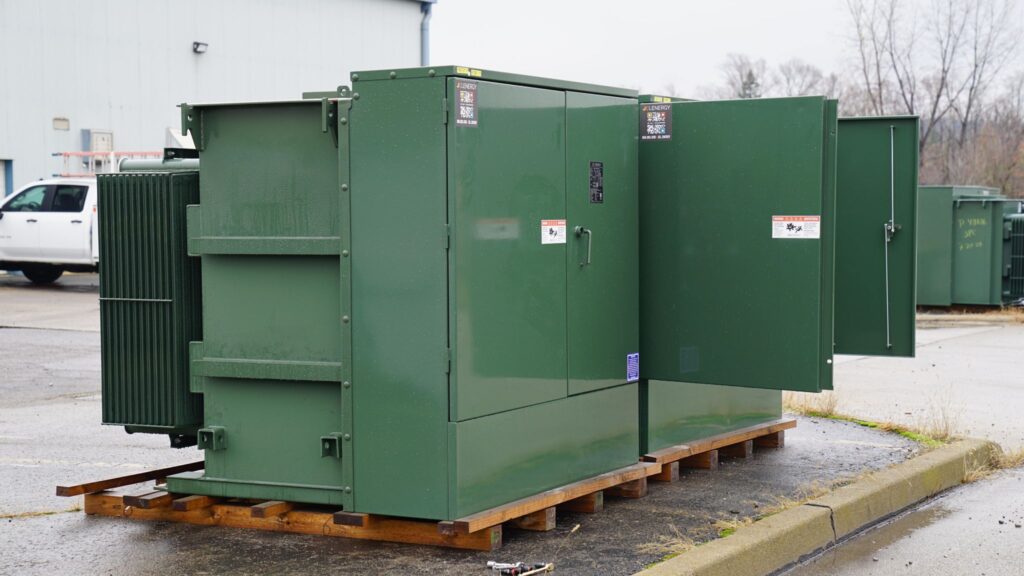Understanding Losses and Efficiency in Electrical Power Distribution Transformers
Efficiency in electrical power distribution transformers is a cornerstone of effective energy management for industrial and commercial systems. These transformers are vital in transferring electrical energy across power grids and industrial setups. However, the efficiency of these transformers can be compromised by energy losses, which can occur during their operation if not built correctly.
Transformer losses, categorized as core losses and copper losses, are inevitable but manageable factors that can impact energy systems. These losses not only reduce the overall efficiency of the transformer but also increase operational costs and environmental footprints. By understanding and addressing these losses, businesses can improve system performance, reduce energy waste, and align with sustainability goals.
Partnering with experienced distribution transformer suppliers allows for access to high-quality units designed to optimize efficiency and minimize losses, making them a critical asset for energy-conscious industries.
What Are Transformer Losses?
Transformer losses refer to the energy dissipated during the operation of electrical power distribution transformers, limiting the efficiency of energy transfer. These losses are inevitable but manageable, and understanding their types is the first step toward reducing waste and improving performance.
There are two main categories of electrical power distribution transformers losses:
- Core Losses (Iron Losses): These occur within the magnetic core of the transformer. Core losses arise from the constant magnetization and demagnetization of the core material during operation, even when no load is connected. Factors such as the quality of the core material and its construction heavily influence the magnitude of these losses.
- Copper Losses (Winding Losses): Copper losses result from electrical resistance in the transformer windings. As current flows through the windings, it generates heat, leading to energy dissipation. These losses increase with higher loads, making load management a critical consideration for maximizing efficiency.
By understanding these distinct loss types, businesses can choose the right electrical power distribution transformers for their operational demands, whether it’s a padmount transformer for outdoor installations or another solution tailored to specific needs. Addressing these losses directly contributes to lowering operational costs and improving energy efficiency.

Factors Affecting Efficiency in Power Distribution Transformers
Efficiency in electrical power distribution transformers depends on multiple factors that directly influence energy transfer and operational performance. Each element has an important role when it comes to optimizing functionality while minimizing losses.
- Material Quality of Cores and Windings: The quality of materials used in the core and windings significantly impacts efficiency. High-grade magnetic cores reduce core losses, while low-resistance copper windings minimize heat-related energy waste. Investing in premium materials allows for long-term operational advantages.
- Transformer Load Conditions: Transformers perform best when operating close to their designed load capacity. Operating at partial loads can lead to higher losses, while excessive loads strain the system, increasing wear and tear. A well-matched load optimizes energy delivery and minimizes unnecessary waste.
- Operating Temperature and Cooling Systems: Effective heat management is important for maintaining efficiency. Advanced cooling systems, such as forced-air or liquid cooling, help dissipate heat generated by copper losses, preventing performance degradation. Proper cooling extends the lifespan of components and reduces energy loss due to overheating.
- Maintenance Practices and Transformer Design: Routine transformer maintenance helps identify and resolve potential inefficiencies. High-quality designs tailored to specific industrial needs improve energy distribution while reducing losses.
These factors underscore the importance of selecting high-performance systems such as electrical substation transformers and maintaining them properly to achieve operational efficiency. Businesses should prioritize these considerations to align their systems with cost and energy-saving goals.
Innovative Techniques to Minimize Transformer Losses
Reducing losses in electrical power distribution transformers requires a combination of advanced materials, cutting-edge technology, and innovative design strategies. These approaches help improve energy efficiency, lower operational costs, and extend the lifespan of transformers used in industrial systems.
- High-Grade Materials for Core Loss Reduction
Utilizing amorphous metal cores significantly reduces core losses by decreasing energy dissipation during magnetization. These materials offer superior magnetic properties compared to traditional silicon steel, making them ideal for industries requiring industrial transformers.
- Advanced Cooling Techniques for Winding Loss Management
Effective cooling methods are vital for reducing heat generated by winding resistance. Systems like forced air and liquid immersion help maintain optimal operating temperatures, minimizing copper losses. These methods are particularly useful in high-demand environments where sustained load conditions generate significant heat.
- Smart Transformer Technologies for Real-Time Monitoring
Smart transformers equipped with IoT-enabled monitoring systems provide real-time performance data. These technologies allow operators to detect inefficiencies, predict maintenance needs, and adjust load conditions to minimize losses. By adopting these advanced systems, businesses can enhance the operational reliability of electrical power distribution transformers while staying ahead of potential issues.
Combining these innovative techniques helps industries optimize their energy systems, reduce waste, and achieve greater operational efficiency. The integration of high-performance materials and smart technologies represents a forward-thinking approach to energy management.
How to Choose an Electrical Power Distribution Transformer
Selecting the right electrical power distribution transformer requires evaluating several critical factors to balance performance, reliability, and cost-effectiveness. Understanding the key specifications and conducting a thorough cost-benefit analysis can help businesses make informed decisions.
- Efficiency Ratings: High-efficiency transformers reduce energy losses and operating costs. Look for units that meet or exceed industry standards, such as those outlined by the DOE’s energy efficiency regulations. These models provide long-term savings and superior performance, making it especially important to work with a distribution transformer manufacturing expert that offers these units.
- Load Capacity: Choosing a transformer with the right load capacity is important to minimize waste and optimize energy transfer. Consider your typical operational demands and peak load scenarios to select a transformer designed to handle those requirements.
Invest in Quality Transformers Right From the Start
Managing losses in electrical power distribution transformers is important for businesses aiming to reduce energy waste, lower costs, and support operational efficiency. By addressing inefficiencies through advanced materials, innovative designs, and smart technologies, companies can build energy systems that are both reliable and sustainable.
Partner with trusted suppliers who prioritize quality, fast delivery, and custom solutions. We proudly support our clients in the United States, Canada, and Mexico, offering businesses the reliability they need to succeed.
Contact JCL Energy today for a free quote and discover how our expertise in energy solutions can support your operational goals.
